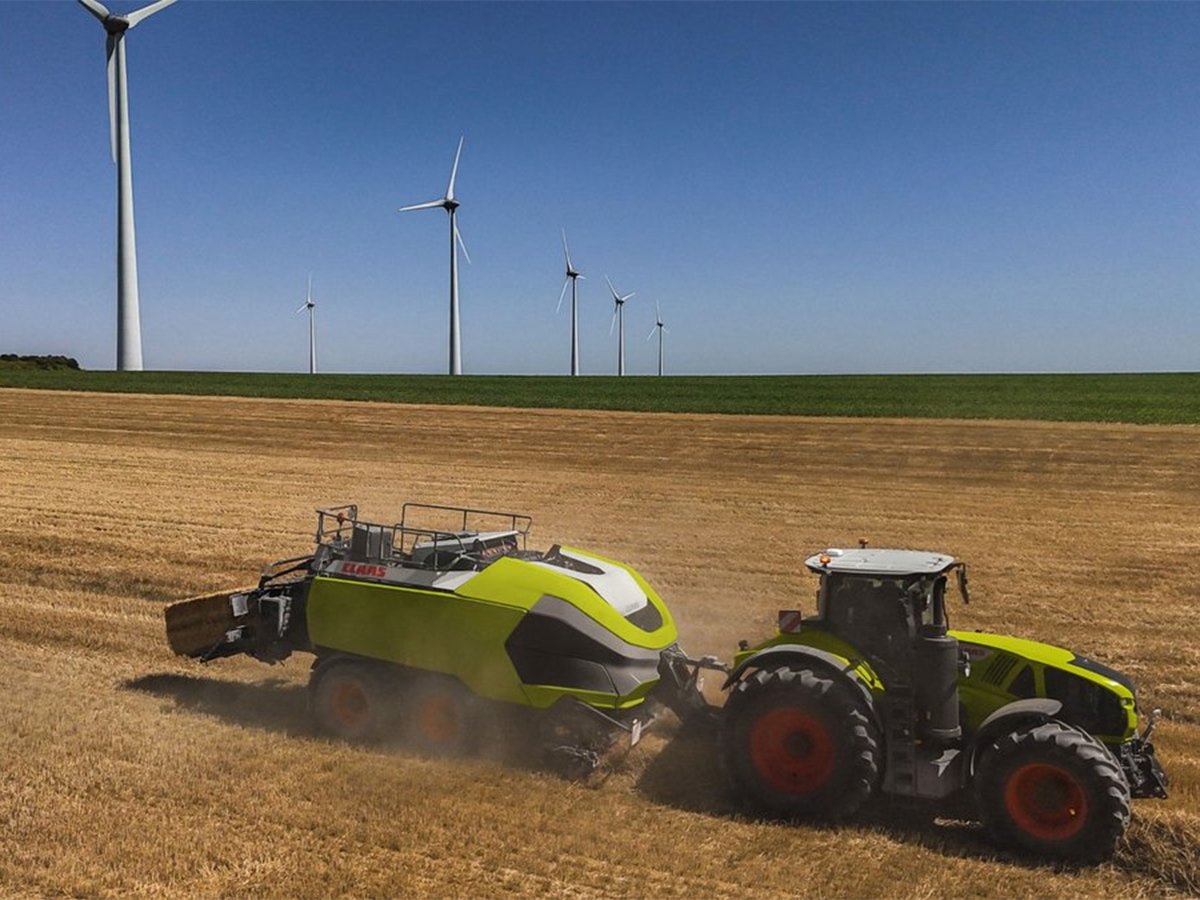BANFF, Alta. – New feed grain varieties with improved nutrient value for livestock are coming, but hog and cattle producers must be willing to pay for the quality.
“We have a lot of minds that have to be changed,” said plant breeder Jim Helm at the Alberta Barley Commission annual meeting Dec. 12.
“At the end everybody has to make a dollar out of it,” he said. The longtime plant breeder at the Alberta Agriculture Crop Development Centre at Lacombe has seen 17 varieties come out of his program since 1973.
Read Also

Machinery automation runs through 2025 Agritechnica innovation awards
Computer vision and AI processing for farm machinery show up many times in Agritechnica’s 2025 innovation award winners.
An Alberta feed centre of excellence is being developed so more research dollars should be available to address specific industry needs. In addition, groups like Alberta Beef Producers and the barley commission are funding research.
One project is looking at the digestible energy content of hulless and hulled barley, compared to wheat and peas fed to pigs. There is only one year’s data but hulless barley for hogs came out on top.
“The average of hulless barley is equal to the best you can get on the other side,” he said.
Definitive information on cattle feed is more elusive.
“There is no concrete data to show that anything they are using will put dollars in the pocket of the feedlot guy or the cow-calf producer,” Helm said.
One of the tools to assess feed value is Near Infrared (NIR) technology used for rapid analysis of food, beverages, grain, chemicals, plastics, polymers, textiles and pharmaceuticals.
The technology can detect low levels of mycotoxins like DON, or deoxynivalenol, found in fusarium-infected grain. Only two parts per million are allowed in pig feed and the malting and brewing industry insists on no DON in the grain it receives.
The NIR can also assess other properties in barley like protein content or measure kernel hardness levels for the production of sochu, a Japanese liquor.
Besides assessing current varieties, a group of new, improved silage, feed and malting varieties have been released this year.
These include Sundre, which is a high yielding silage and grain type suited to central Alberta, Bentley, a malting barley, Chigwell, a new six row feed barley, TRO5671, a malting barley for craft breweries, and TRO6673 or Busby, a feed barley to replace Seebe with a reported six percent better yield.















